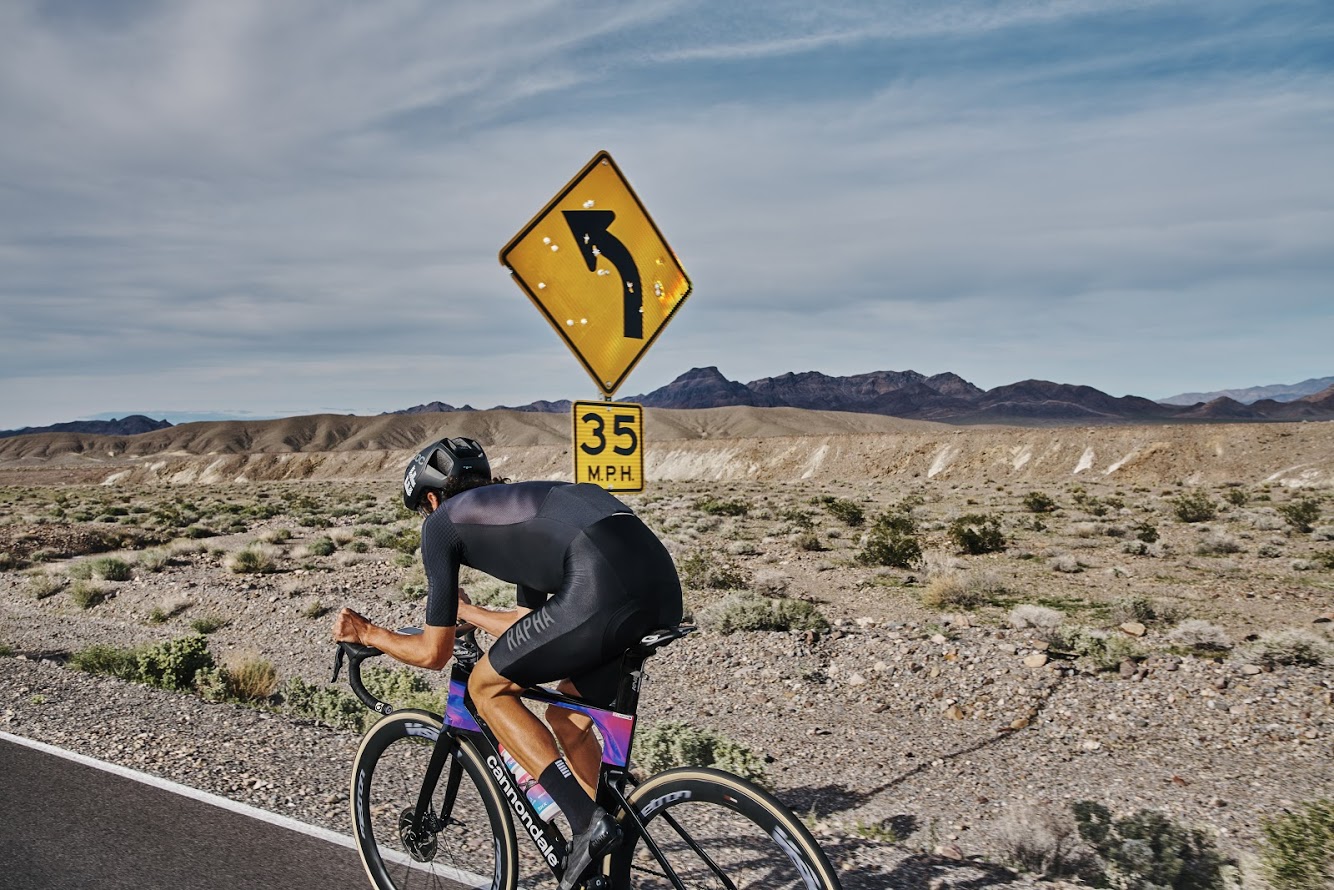You could ride for hours in kit with big logos, ORNOT
Sorry. Couldn’t help it. ORNOT’s marketing is just too good. How they plant a subtle seed of doubt in every bit of brand, casting themselves against a cycling world that’s big on high vis logos and other flotsam, or not. I could not, after finally getting my hands on some of their kit myself (thanks, Devon!) (and having the chance to ride in it quite a bit) think of any other way to piggyback on this strong bit of marketing genius other than using the same formula for the title of this post. When something works well I guess, why not?
So, what’s in the bag? : the men’s grid thermal.
It’s been months now of riding with the brand’s grid thermal long sleeve - long enough to have developed some opinions on what makes it unique and why it’s prompted me to hover over a cart full of more kit in recent weeks (the only obstruction being a hefty European shipping fee and no local stockists).
So here are a bunch of first and longer term impressions: first up, out of the bag, the fit. Sublime. Truly. I stand 185 cm tall and weigh 168 pounds. The fit is comfortable and second skin (but not in a race fit kinda way). A perfect and detailed tailoring and attention to detail that is rarely so well executed in larger brands (who possibly have less oversight when it comes to production and factory finishes).
The jersey itself hits the sleeve cuff perfectly. I’ve been reaching for this one on nearly every cooler weather ride in Switzerland for two main reasons: the grid pattern fabric punches well above its weight. So much more air passes through it than a conventional uniform fabric, which, when the weather is hovering in that in-between state, means a lot more general comfort. The grid also adds a lot more dimensionality to it as a long sleeve: paired with a gilet, it proves very capable in cooler weather. And used as a mid layer in cooler months, which I did quite often, was again a reminder of how versatile a single piece of kit can be.
Secondly, and maybe one of the elements of the jersey that I liked most was the limited branding - a mainstay of the ORNOT product (that I’ve seen). Their brand identity (like another HNH favourite, Search and State) is curated more from fabric selection and manufacture than heavy word marks and logos.
Why is this good? Because, well, when you get tired of convention and you’re on the bike a lot, you want to stretch the stylistic boundaries of kit norms. And my grid fleece, in forest green, did just that, pairing smartly with other kit in the same general palate to keep things fresh when needed. I was also fortunate to ride in ORNOT’s cargo bib shorts. A brand staple for a reason. Yes, they are pretty good at carrying snacks, or not. But they are also exceptionally well designed pair of bibs for every kind of ride.




















